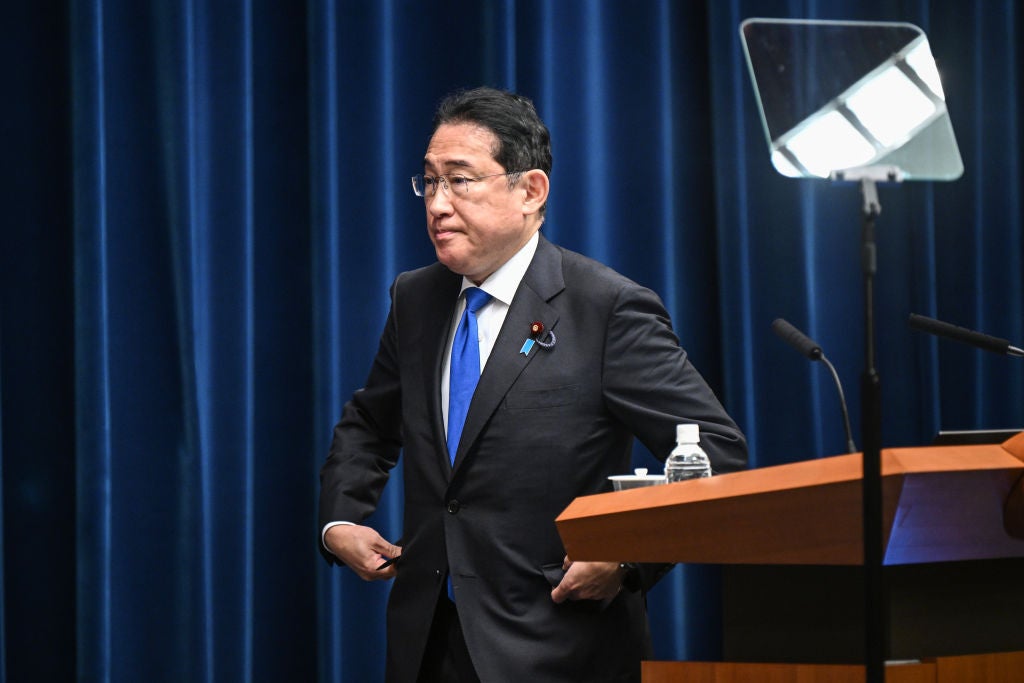The Prime Minister of Japan, Fumio Kishida, announced on Tuesday (27 August) that ministers will gather next week to discuss next steps to restart Tokyo Electric Power Company’s (Tepco) Kashiwazaki-Kariwa nuclear power plant (NPP).
The site must secure consent from the local government of Niigata, a city in northern Japan, where it is based.
Japan’s nuclear regulator lifted its operational ban on the nuclear site in December. The ban was initially imposed in 2021 due to safety breaches.
Since the ban was lifted, Tepco has been working towards gaining local permission to restart the nuclear facility.
Tepco is committed to restarting the world’s largest NPP to decrease its operating costs.
Prime Minister Kishida, according to multiple sources reported by Reuters, is committed to advancing the green transition, which includes the restart of the Kashiwazaki-Kariwa NPP. He said at the Green Transformation implementation conference: "The operator and the government must work together to gain local community support for the restart… I will make every effort during my remaining term to advance the green transformation, including preparing for the restart of a nuclear reactor in eastern Japan.”
The Prime Minister is set to step down in September.
The Kashiwazaki-Kariwa NPP has been offline since the 2012 nationwide shutdown of all nuclear facilities in Japan following the Fukushima disaster in 2011.
Whilst Tepco received initial regulatory approval in 2017 to restart two reactors at the plant, the company is yet to gain consent from Niigata’s prefecture governor to resume full operations.
In March, the prefecture governor explained that more discussions were needed before the restart of the Kashiwazaki-Kariwa NPP.
Nuclear facilities in Japan have struggled to receive consent to restart, with only 12 reactors reactivated since the 2011 disaster.
In July, a panel of Japan’s nuclear watchdog decided against restarting the number two reactor at the Tsuruga NPP citing safety concerns at the facility.









